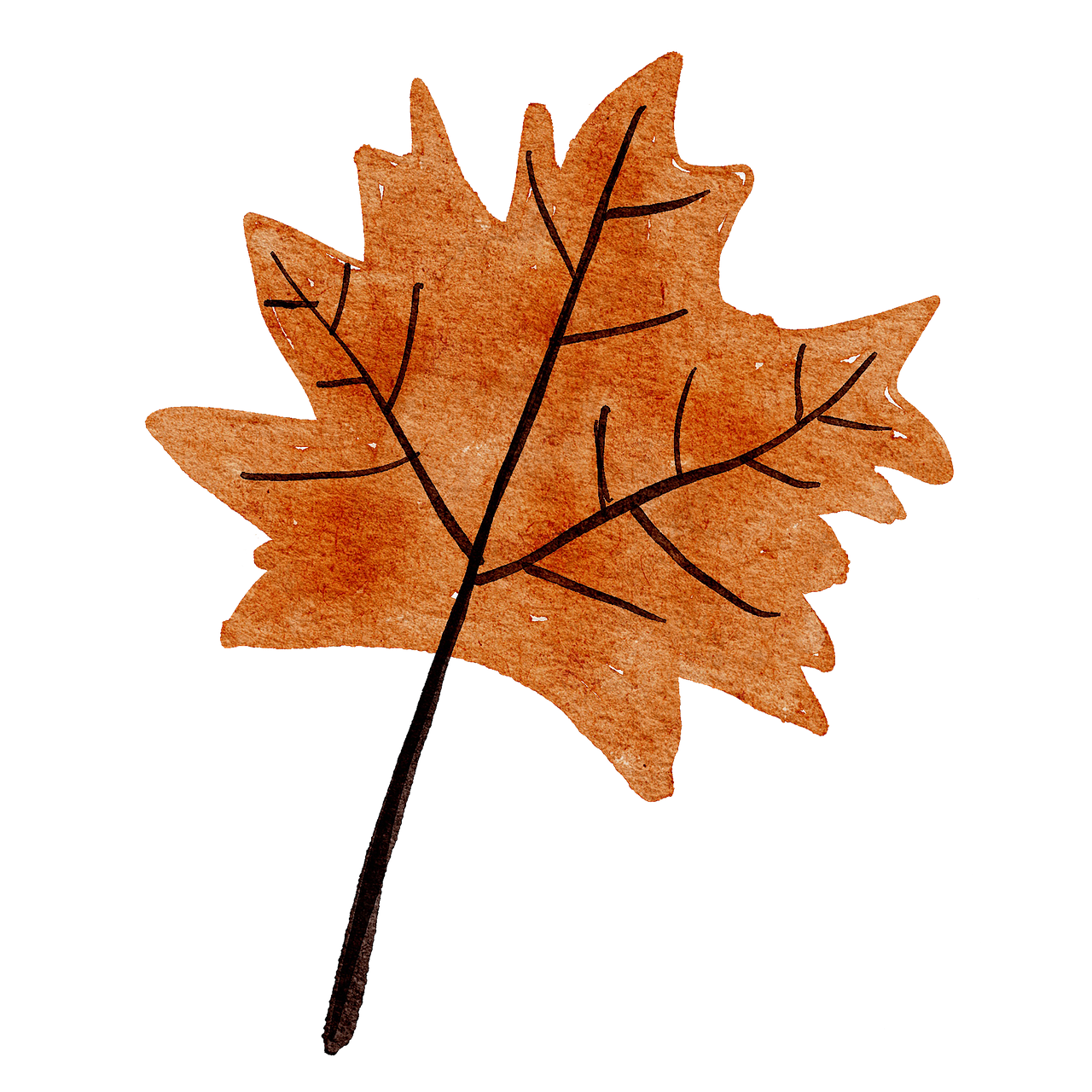F.A.Q.
I got questions...
No, art therapy is not limited to those who got mental diagnosis. Art therapy can serve as an effective well-being maintenance on a regular basis or when needing extra mental care due to life incidents.
*Nicole sees the importance of regular well-being maintenance through her clinical work experience, seeing prevention is also a key for mental health.
No. Art-making in art therapy emphasize more on the creative process and the experimentation with non-verbal expressions. Being able to let go of judgements, allow the freedom to play and express through visual elements, is literally the power and core of art therapy!
No, in art therapy, clients can freely choose how are they going to use the sessions including the mix of art-making, talking and/or staying in silence. Clients can even choose to do NOTHING, simply allow the mind and the body to REST inside-out, creating space and time for both SENSORY and FEELINGS to speak for itself. By then, inner messages/ needs will eventually UNFOLD, held by the presence of the therapist.
*Nicole specializes in the creative use of different art materials, with her experiences applied to both physical and psychological creative process, insights can be revealed with flexibility and spontaneity.
The frequency of art therapy sessions can be varied subjected to the therapeutic goals and clinical needs of each individual client. Keeping an appropriate frequency for sessions can ensure coherence between sessions and the effectiveness of art therapy to reach agreed goal(s). The following are some basic references:
As treatment – At least 1 session per week (weekly-session)
As maintenance – At least 1 to 2 sessions per month (bi-weekly or monthly-session)
*Feel free to contact us for enquiry and suggestions.
The major difference between them is the number of art forms being used during the sessions:
Art therapy – Specialize on visual art from 2D to 3D;
Expressive arts therapy –Incorporating transition among visual art, music, drama, and dance movement.
Whether which is for you is mainly base on your artistic/expression preference(s) and how much you feel comfortable in exploring the above modalities as a means for psychological treatment. It is also worth to take note that both trainings for registered art therapist and an expressive arts therapist are awarded with the same level of academic qualification and with similar amount of training hours through an accredited Master Degree program. Therefore, this can make a difference on the focus of training, which then reflect the depth of knowledge and experience of therapist on each art form.
*Nicole has received integrative arts therapy training before entering into her Master Degree program on visual art. This equipped her with a wider spectrum of observation and analytic skills to understand the condition and needs of clients in a non-verbal way.
-Person-centred: Allow client and their qualities within humanity to be the resources for therapeutic change.
-Psychodynamic: Observe and consider the internal force from the unconscious mind as a way to understand the psychological needs and drives behind actions.
-Psychoanalysis: Making use of past experience to understand the impact it potentially brings to the present. This helps on investigating the root causes of mental illnesses, emotional blocks or struggles which might stem from the conflicts between the conscious and the unconscious mind.
The flow and impression of your initial contact (phone/ in person) with the therapist will give you a useful reference on your decision. As long as your concerns and queries regarding to the service and your current condition are able to deliver and well responded during the conversation, this is a positive indication on the communication, which is important for the therapeutic alliances later during the sessions. Furthermore, the clinical experiences and approach of therapist are also essential when making decision.
*Most importantly, DO NOT RUSH to make a decision. Take at least a day or more to consolidate your experience and impression after talking to the therapist as the therapeutic relationship later is a key to therapeutic goal(s).
Art therapy can benefit a wide range of population regardless to their age, intelligence, cultural belief or partial physical disability (e.g. clay with rich tactile quality can be really useful for clients who have visual or auditory disabilities). The only extreme case which is not suitable for art therapy will be patients who are in persistent vegetative state.

預約 30 分鐘免費專業咨詢服務
Book for a first 30-min free professional consultation
與治療師直接對話,了解服務內容及自己當下的需要,以進行適切治療手法。
Have a chat with our art therapist for more information and professional adivce before service.